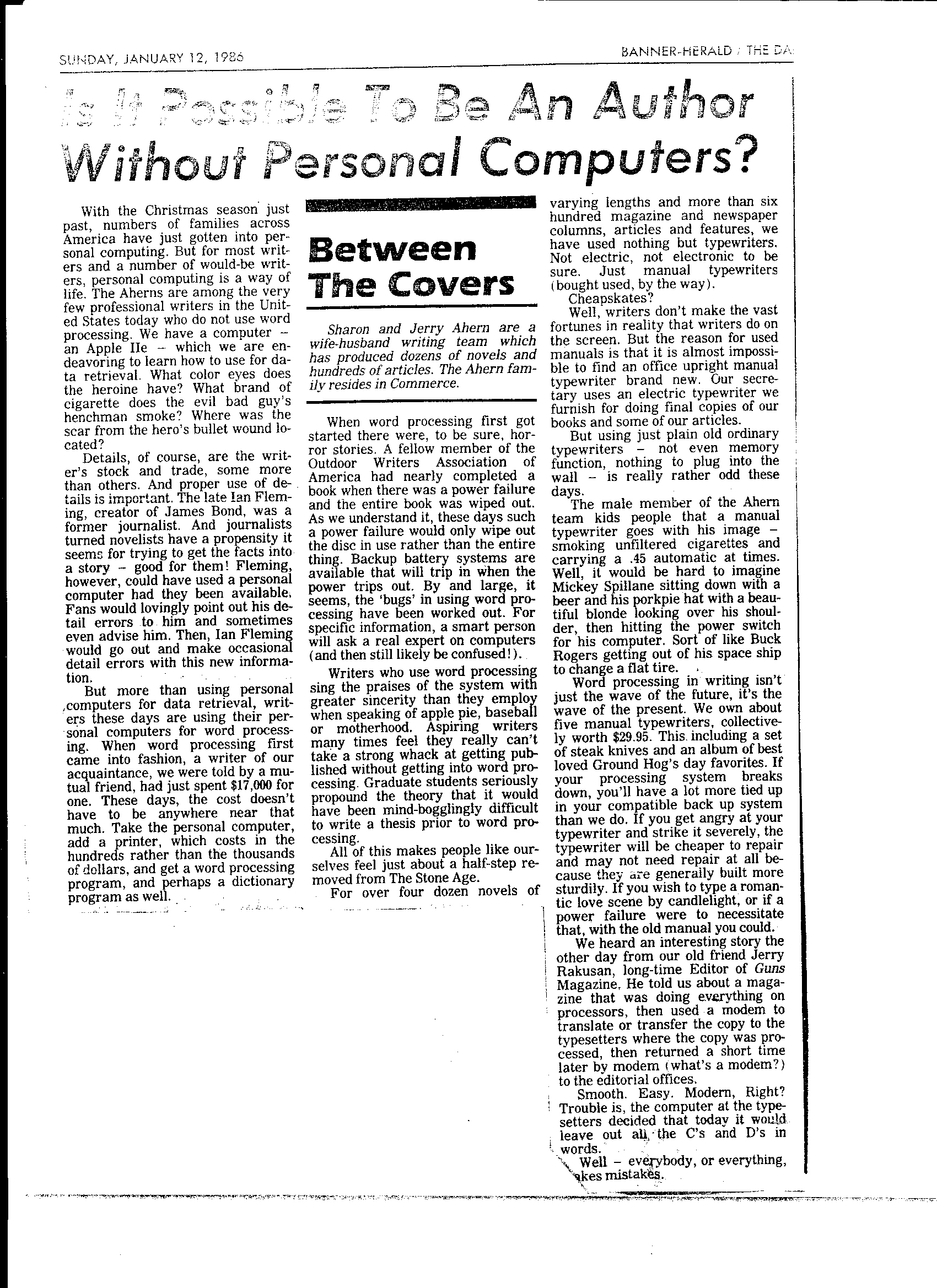AN UPDATE
2016 is already flying past from us. I can’t believe how quickly the last few months have gone by. The seasons have been changing as rapidly as have the presidential primary contenders and I know some children who are already looking forward to their spring and summer breaks.
Bob and I are finishing up on #34 in the Survivalist series which is titled Lodestar. Boy, talk about the pizza hitting the fan and a few other things. The Rourke clan will be pushed to the limit in this one and some major decisions are made that will alter their lives once again.
The Rourke family structure is changing as well as its leadership. Bad guys are everywhere but the good guys are ready to step in and fight for their lives and the continuing safety of the world. A new group of talented individuals will be introduced to aid in the fight against terror, a group comprised of our own Survivalist contest winners. I hope they know what they got themselves into!
Soon to be released is Camp Zero, the first in a new series Bob and I are doing with writer friend Sean Ellis. All six Rourke/Rubenstein kids are sent to a survival school set up by none other than JTR. They’re supposed to learn how to survive on their own but little did they realize that they would be fighting for their lives against an organized gang of killers. Who do you trust turns into a deadly game if they make the wrong choice.
The girls really get the chance to kick butt in Camp Zero and they all have to make some pretty serious decisions. Fear and uncertainty must be overcome in order to survive and family, they learn, is a powerful weapon. I’ll let you know when both of these books will be out.
Once again I’d like to thank all the “good guys” out there who risk life and limb to help keep us safe. We all know that no amount of money would be enough to compensate these people for the work that they do and all the **** they put up with but let us remember to let them know that they have our gratitude and respect.
Sharon

 Jerry
Jerry